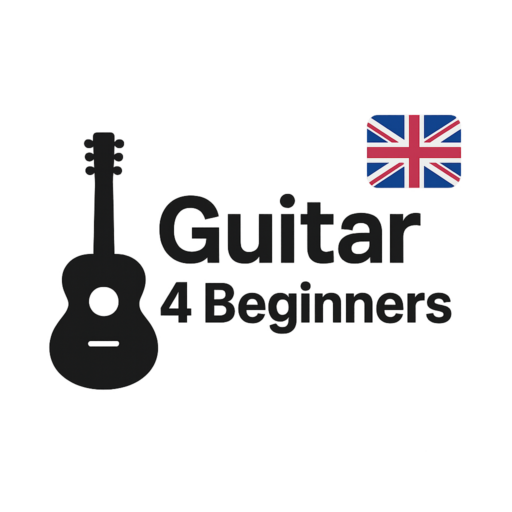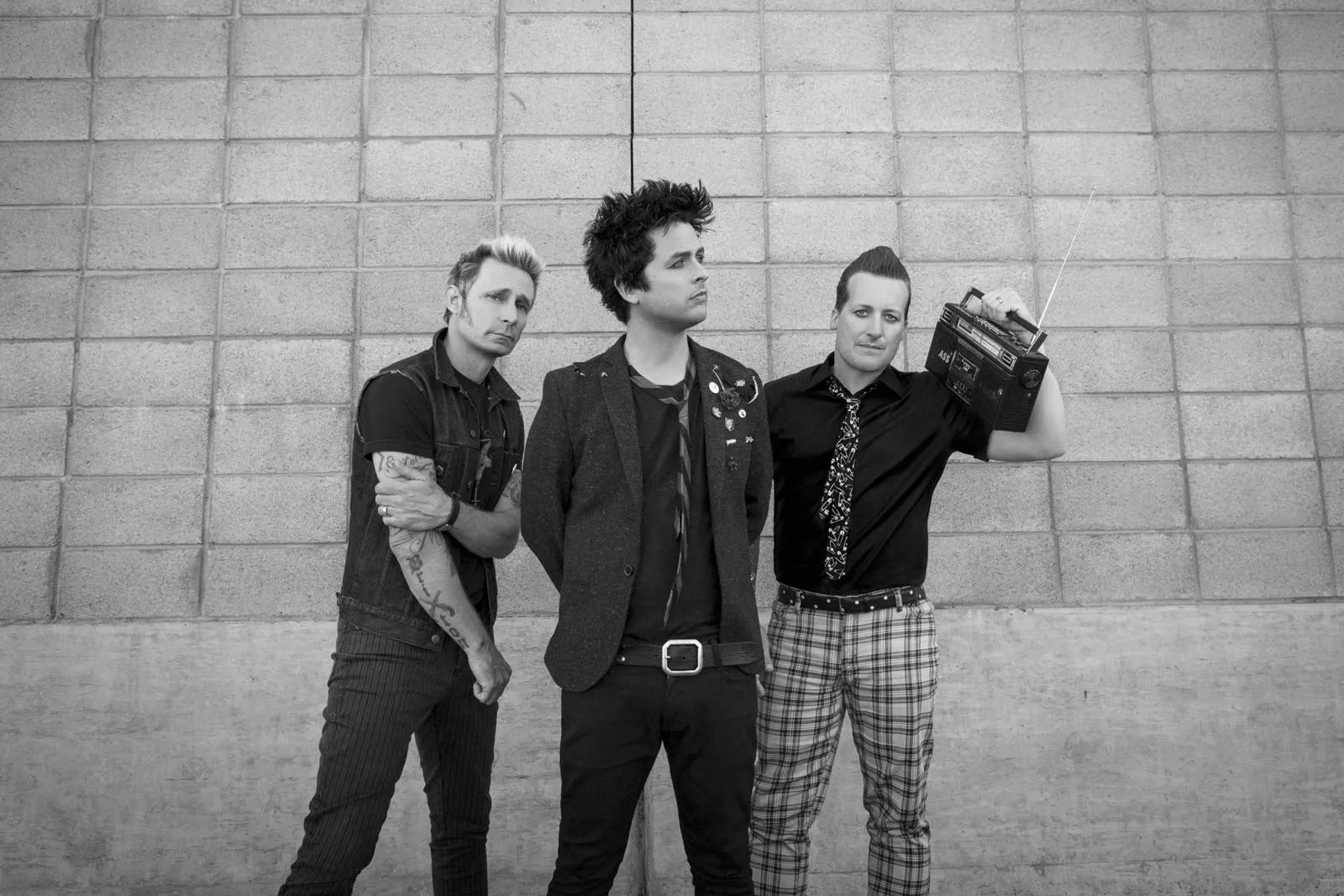Maybe you’ve seen a small clamp on someone’s guitar in a YouTube lesson and thought, “What is that thing?”
Or maybe your guitar teacher mentioned a “capo” and you nodded like you knew what they meant.
Or you spotted one in a music store and figured it was some kind of weird string clip.
Whatever the case—if you’re new to guitar, you’ve probably come across a capo and wondered what it does… and whether you actually need one.
This guide is here to answer all your questions—in plain English—so you can decide if a capo should be part of your beginner setup.
Cutting to the chase: yes, we do recommend getting one—especially if you’re just starting out. And here’s why.

What Is a Guitar Capo?
A capo (short for capotasto, Italian for “head of the fretboard”—fancy, right?) is a small clamp that you attach to the neck of your guitar. It presses down all the strings across a single fret, acting like a temporary, movable barre.
Hang on – What’s a barre? A barre is when you use your index finger to press down multiple strings across one fret—usually seen in more advanced chords like F or Bm. A capo basically does this for you, freeing up your fingers and making life easier.
When you place a capo on your guitar, it shifts the nut (the part near your tuning pegs that holds the strings in place) further up the fretboard. This shortens the vibrating length of the strings and raises the pitch of everything you play.
Think of it like this: If you play a G chord shape without a capo, you’re in the key of G. Put a capo on the 2nd fret and play that same G shape—it now sounds like an A. Move the capo to the 3rd fret, play the same G shape, and it becomes A# / Bb.
You haven’t changed the chord shape—you’ve just changed where the chords start from. This may sound confusing, but in reality it is totally okay to just focus on what shape to play, and what fret to put your capo on – without really understanding why. That’s enough to get you playing along with some great songs, fast.
Why use a capo?
So now you know what a capo is—but why should you actually use one?
Well, if you’re a beginner, a capo can be one of the most helpful tools in your kit. It makes things easier, opens up more songs, and can help you avoid frustration when you’re still learning the basics Here’s why capos are so useful:
1. Play More Songs with Easy Chords
Let’s say you know how to play G, C, D, and Em—classic beginner chords. But the song you want to learn is in the key of B. That key would usually involve tricky barre chords… unless you use a capo.
With a capo on the 4th fret, you can play your same G–C–D shapes and it will sound like you’re playing in B. Same fingers, new key.
2. Avoid Barre Chords (For Now)
Barre chords are a great skill to learn—but they take time and finger strength. A capo lets you skip the hard stuff for now and still play full songs, while your hands build up strength and muscle memory in the background.
3. Make Songs Easier to Sing In Tune With
Not every song is written in a key that suits you, or your voice. With a capo, you can adjust the pitch to match your vocal range without having to learn totally new chords.
This is especially handy if you’re singing and strumming at the same time, or playing with a singer who needs to change the key.
4. Get A Bright, Sparkly Sound
A capo higher up the neck gives your guitar a lighter, brighter tone—sometimes called a “chiming” or “jangly” sound. You’ve probably heard it in acoustic pop, folk, and singer-songwriter tracks.
It’s a great way to add variety to your tone, even if you’re just messing around or playing simple chords.
5. Follow Tutorials and Tabs That Use One
Many online lessons and tabs will show chords “with capo on 2nd fret” or similar, and rather than trying to work around that, having a capo on hand allows you to follow along exactly as shown, without confusion or needing to transpose.
As well as simplifying more complicated tracks, iconic songs like “Wonderwall” are originally played with a capo, so using one ensures you can easily play along and capture the song’s true sound. If you love Wonderwall, check out our list of easy Oasis guitar songs, with chord sheets and lessons!

A capo makes things easier, not harder. It helps you play more music, have more fun, and build confidence as you learn – and even Noel Gallagher uses one during performances. What’s not to love?
Choosing Your First Capo
When selecting your first capo, it’s important to remember that while capos are generally affordable, spending a bit more can offer long-term durability and protection for your instrument, G7th Capos come heavily recommended, but you can spend less and get a solid Capo!
- Capos are usually inexpensive, and even a cheaper option will work well for beginners.
- A mid-range or slightly more expensive capo will last longer and withstand regular use.
- Higher-quality capos pose no risk of damaging your guitar’s strings or fretboard.
- Investing in a durable capo ensures better tuning stability and ease of use over time.
Quick Tips for Using a Capo
Now that you know what a capo is and why it’s a great addition to your guitar toolkit, here are some helpful tips to ensure you use it correctly and get the most out of it.
- Place It Just Behind the Fret: For the clearest sound, position the capo just behind the fret, not directly on it, to avoid buzzing or muffled notes.
- Use the Right Pressure: Make sure the capo applies enough pressure to press all strings down evenly, but not too much to avoid choking the notes.
- Experiment with Different Positions: Moving the capo up or down the neck changes the key, allowing you to explore new chord voicings and sounds without learning new fingerings – play around with it and see what sounds you like, remember, if it sounds good, then it is good!
- Check Tuning Regularly: The capo can slightly affect your guitar’s tuning, so always check it before and after use to maintain pitch accuracy.
Final Thoughts
A capo isn’t just for beginners—it’s a versatile tool that can benefit players of all levels. For beginners, however, it’s an especially fantastic resource to help you sound better and play a wider variety of songs more quickly. Capos are inexpensive, make it easier to avoid tricky chord shapes, and let you adjust your guitar to suit your needs—without having to stretch your fingers or learn difficult fingerings.
So yes, beginners can definitely benefit from a capo. It’s affordable, highly effective, and makes learning more enjoyable. It’s a no-brainer!



